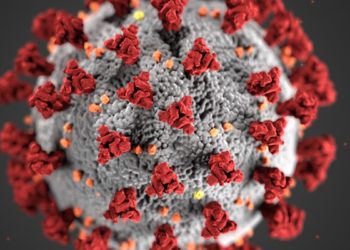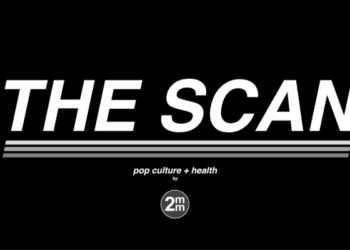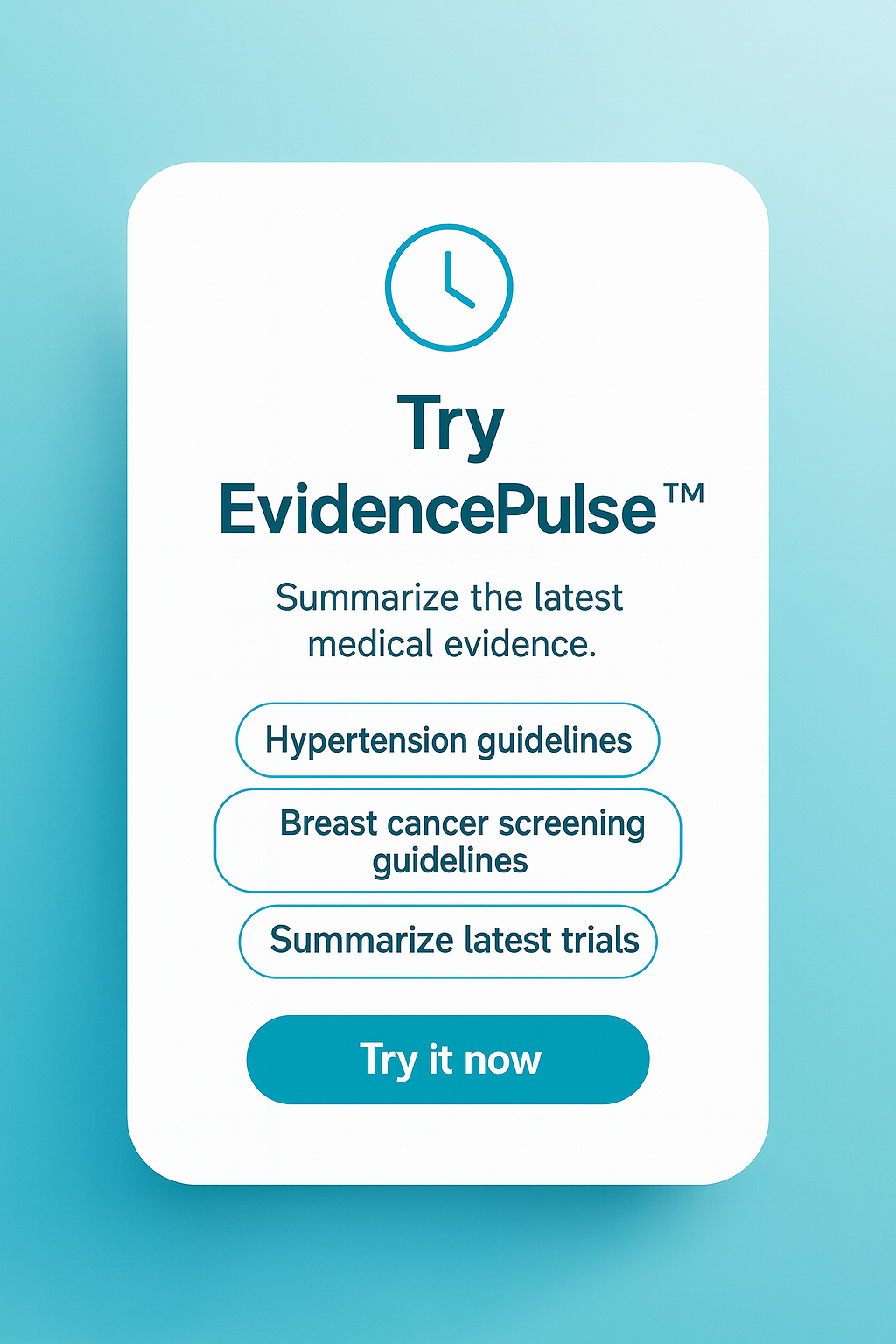U.S. firearm fatality rates differ by state, race, and ethnicity
1. Firearm-related fatality rates differ drastically between American states.
2. The firearm-related fatality rate among African-Americans was double that of Caucasians and was lower among Hispanics compared to non-Hispanics.
Evidence Rating Level: 3 (Average)
Study Rundown: Firearm-related deaths account for almost one-fifth of injury deaths in the United States. The national firearm-related fatality (FRF) rate peaked in 1993 at 15 deaths per 100,000 for a total of 39,595 total firearm deaths. Since the early 2000s, the FRF rate has been stable around 10 deaths per 100,000. This study examines state-level differences in the FRF rate, which can be expected given differences in gun control laws and demographics, between 2000 and 2010. The overall national FRF rate was found to be stable with no significant change over the study period. Louisiana had the highest average FRF rate, while Hawaii and Massachusetts had the lowest average rates. Massachusetts and Florida had the significant increases in FRF rates, and Washington DC had the largest decrease in FRF rate. The overall FRF rate was higher among African-Americans than other races, and lower among Hispanics than non-Hispanics. There was a significant decrease in the FRF rate among Hispanics, but no significant change in the rate among African-Americans, Caucasians, or non-Hispanics. State-level differences in FRF rates were found to often be driven by demographic variation and differences in intent (e.g. homicide vs. suicide).
Overall, this study quantifies the disproportionate rates of firearm related fatalities between states and elucidates some of the main drivers. It is not significantly limited by any factors, however, firearm related deaths may be more dependent on the city and county environments, levels not examined by this study. The relationship between tougher gun laws and FRF rates also remains to be determined. This study contributes to the literature by elucidating differences in firearm-related deaths by state, race/ethnicity, and intent, which should help inform policy on gun control laws and injury prevention programs.
Click to read the study in the BMJ
Relevant Reading: Firearm legislation and firearm-related fatalities in the United States
In-Depth [cross-sectional study]: The authors collected state-level data on the number of firearm deaths and variation in race, ethnicity, and intent for each firearm-related death between 2000 and 2010 using the Web-based Injury Statistics Query and Reporting System (WISQARS) database by the CDC. FRF rates were compared across states using random-effects meta-analysis and across time using meta-regression.
There were a total of 335,609 firearm-related deaths and a national FRF rate of 10.21 per 100,000 during the study period. Hawaii had the lowest average FRF rate at 3.02 per 100,000 and Louisiana had the highest average rate at 18.62 per 100,000. The FRF rate average nationally among African-Americans was almost double that of Caucasians (18.51 vs. 9.05 per 100,000). Hispanics had a lower FRF rate than non-Hispanics (7.13 vs. 10.13/100,000). The only significant racial or ethnic change in FRF rate during the study period was an annual decrease of 0.18/100,000 (p<0.01) among Hispanics. Changes in state-level FRF rates were often found to be driven by changes among certain races or ethnic groups. For example, the increases in FRF rate in Florida and Massachusetts were linked with increasing FRF rates among Caucasians and non-Hispanics, while states with decreasing rates (e.g. Arizona, New York, North Carolina) had similar decreases in the FRF rate among Hispanics and African-Americans. Additionally, changes in rates of certain types of intent also contributed to state-level changes. Hence, increased homicides in Florida and Massachusetts contributed to an overall increased FRF rate, while decreased suicides in California contributed to decreased FRF rate.
More from this author: Unhealthy food cues prominent in children’s programming in the UK and Ireland, Blood cell folate concentration may accurately predict neural tube defects, BCG vaccine protective against active tuberculosis in children, Dry eye disease linked to immune diseases and chronic pain, Benzodiazepine use linked with Alzheimer’s disease
Image: PD
©2012-2014 2minutemedicine.com. All rights reserved. No works may be reproduced without expressed written consent from 2minutemedicine.com. Disclaimer: We present factual information directly from peer reviewed medical journals. No post should be construed as medical advice and is not intended as such by the authors, editors, staff or by 2minutemedicine.com. PLEASE SEE A HEALTHCARE PROVIDER IN YOUR AREA IF YOU SEEK MEDICAL ADVICE OF ANY SORT.









